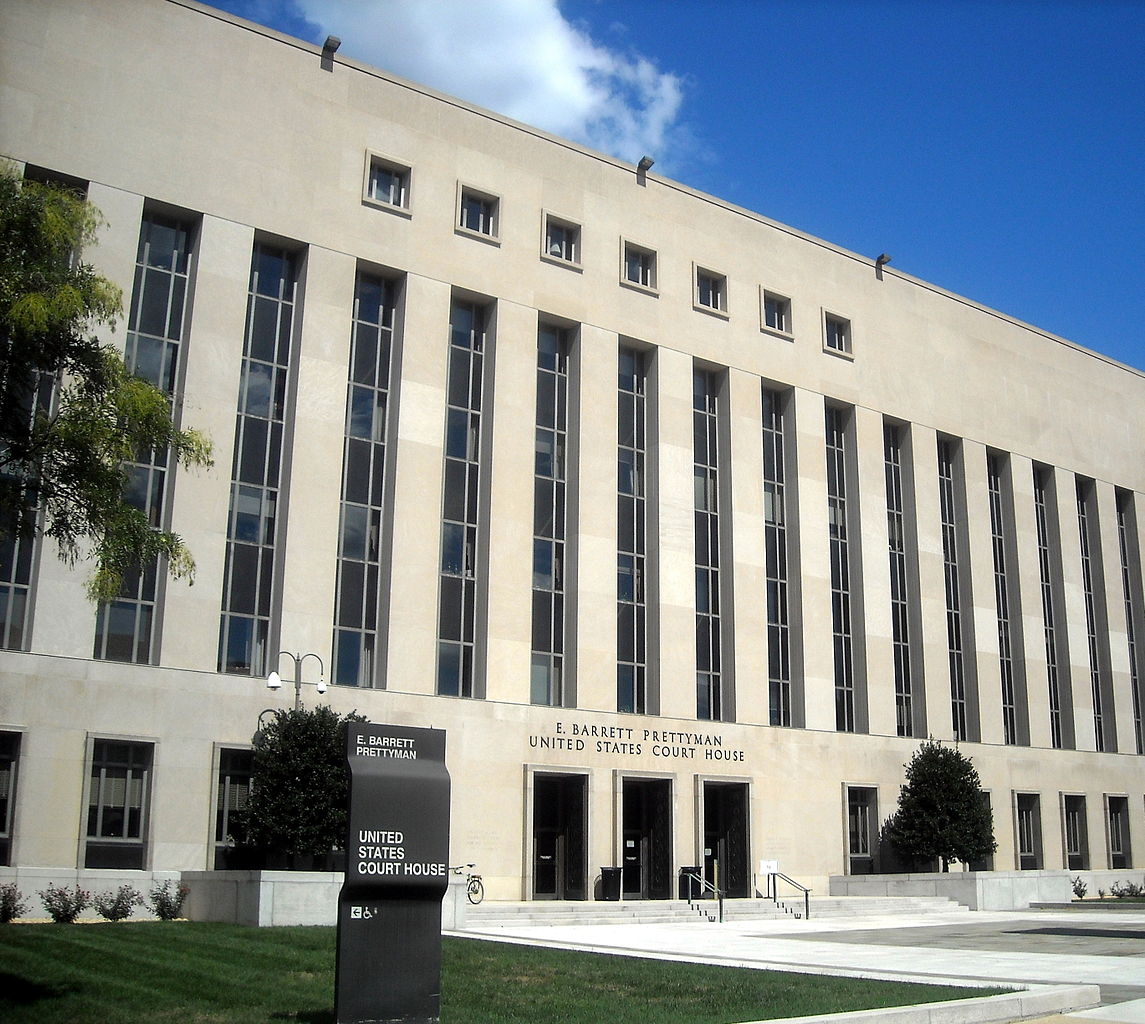Published by The Lawfare Institute
in Cooperation With

It’s official: After first announcing that transgender persons would be barred from serving in the military via three tweets last month, President Trump began formal implementation of this change on Friday by issuing a memorandum to the secretaries of defense and homeland security. (The latter is included because the Coast Guard falls under the authority of the Department of Homeland Security rather than that of the Defense Department.) The president’s intention to issue such guidance was first reported late last Wednesday. The Defense Department has acknowledged “receiv[ing] formal guidance from the White House in reference to transgender personnel serving in the military,” according to Pentagon spokeswoman Dana White.
As I wrote earlier this month on Lawfare@FP:
The necessary step to making across-the-board policy changes for the military is an order from the secretary of defense. The secretary can make this change under an official order from the commander-in-chief, or could do so of his or her own volition. In the former case, the president would author a decree directed at the secretary of defense. These instruments need not take the form of an executive order; they could also involve presidential memoranda or proclamations.
Now that the president has taken that step, it is worth closely examining the specifics laid out in his short memorandum.
President Trump begins with his rationale:
[T]he previous Administration failed to identify a sufficient basis to conclude that terminating the Departments’ longstanding policy [of permitting openly transgender troops serve] practice would not hinder military effectiveness and lethality, disrupt unit cohesion, or tax military resources, and there remain meaningful concerns that further study is needed to ensure that continued implementation of last year's policy change would not have those negative effects.
Therefore, the memo instructs, the secretaries of defense and homeland security are to revert to pre-June 2016 policy regarding accession of such persons into the military. The memo also “halt[s] all use of DoD or DHS resources to fund sex-reassignment surgical procedures for military personnel, except to the extent necessary to protect the health of an individual who has already begun a course of treatment to reassign his or her sex.”
Although this marks a serious change in policy, there are two important ways in which the final memo is less severe than the blanket ban initially implied by Trump's tweets. First, the ban portion of the memo addresses only “accession,” or initial enlistment, of openly transgender persons. That means it is possible that the openly transgender persons already enlisted will not be ejected. (Estimates of the number of current transgender service members vary dramatically: from 1,320 to 6,630, to closer to 15,500.) As the New York Times reported on Friday, “Although pressed repeatedly by reporters, [a] senior official declined to comment on the possibility that many or even all transgender individuals could continue to serve if [Defense Secretary Jim] Mattis declined to remove them.” The terms of the memorandum, however, seem to grant Mattis tremendous leeway in how the military moves forward to implement the president’s mandate.
Second, President Trump explicitly left open the possibility the new policy might be temporary: The ban will remain in place “until such time as a sufficient basis exists upon which to conclude that terminating that policy and practice would not have the negative effects discussed above.” President Trump specifically notes that an about-face is possible if the secretary of defense “provides a recommendation to the contrary that I find convincing.”
Trump’s tweets quickly drew legal action from challengers, and his new directive is already triggering another wave of litigation. On Aug. 9, “lawyers from GLBTQ Legal Advocates and Defenders (GLAD) and the National Center for Lesbian Rights (NCLR) filed a federal lawsuit in the U.S. District Court for the District of Columbia challenging President Trump’s directive to reinstate a ban on transgender people serving in the military,” according to GLAD’s press release. A copy of the complaint in Doe v. Trump can be found here. Two other national advocacy groups have filed similar suits: see Lambda Legal and OutServe-SLDN’s complaint here, and the complaint filed half an hour later by the ACLU here.
Elsewhere on Lawfare, Helen Klein Murillo discussed GLAD’s suit and Michel Paradis more broadly detailed the merits of the challengers’ expected legal arguments. Lawfare will continue to update readers as the cases proceed.






